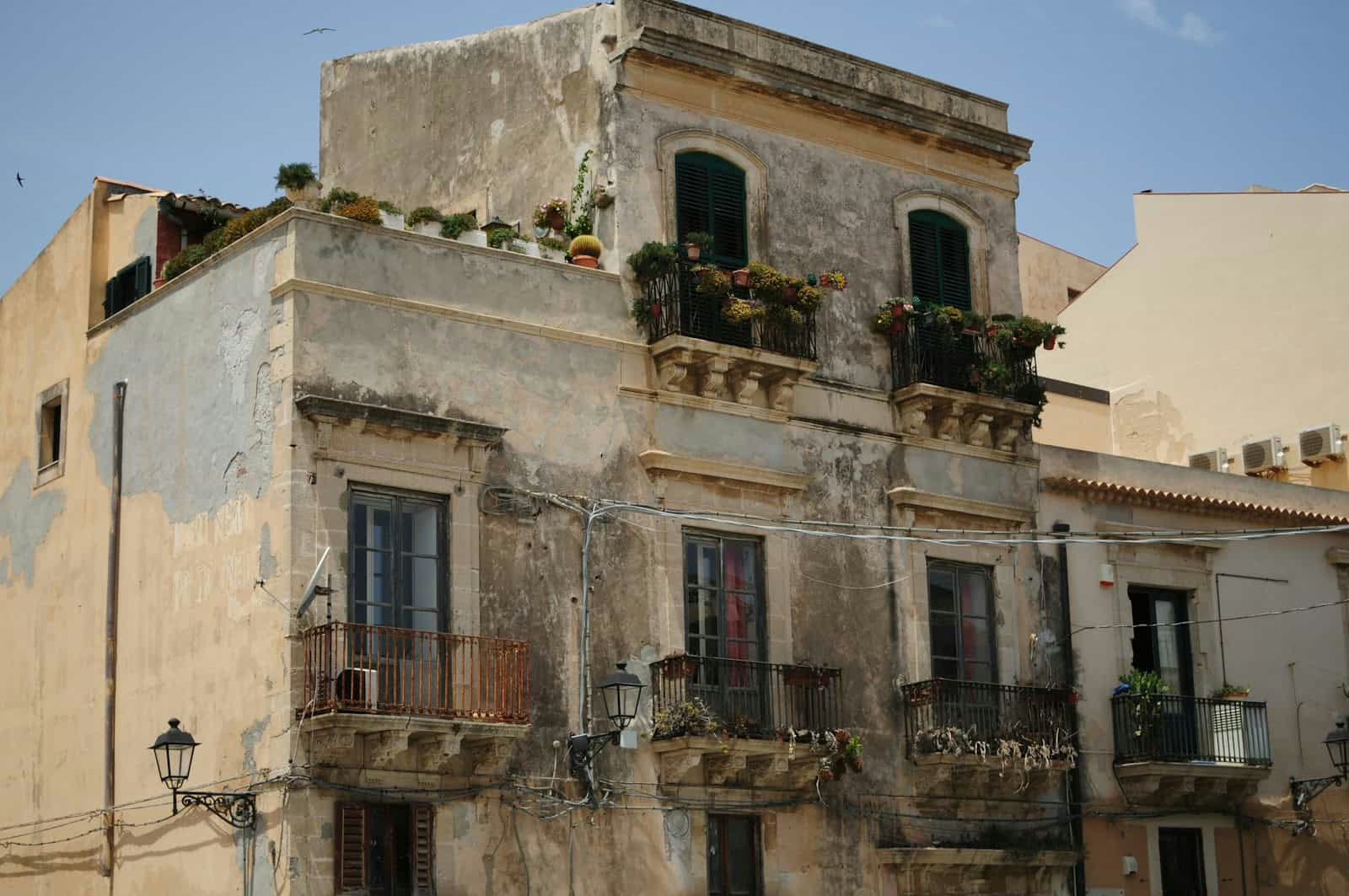Content
Imagine owning a house in a picturesque Italian village for the price of a coffee. Sounds like a dream, right? In fact, the “Houses for 1 euro” (Case a 1 euro) scheme is a reality in many parts of Italy and is attracting the attention of buyers from all over the world, including Bulgaria. But how exactly does this scheme work and what are the catches? Let’s dive into the details.
Origin of the “Houses for 1 euro” scheme
The Houses for 1 Euro initiative was launched about a decade ago to breathe new life into Italy’s declining rural areas. Many small towns, especially in southern Italy and the mountainous regions, are suffering from depopulation. Young people are moving to bigger cities for jobs and opportunities, leaving behind old and abandoned properties. Local municipalities, faced with the risk of total dereliction and destruction of their historic heritage, are deciding to take drastic measures.
By selling derelict properties for the symbolic price of €1, the municipalities hope to attract new residents and investors to restore the properties, contribute to the local economy and revitalise social life.
How does the scheme work?
The process of buying a property for €1 is not as simple as the price suggests, but it is perfectly feasible for those who are willing to make the commitment. Here are the basic steps:
- Find a municipality participating in the scheme: the scheme is not national, but implemented by individual municipalities. It is important to follow the news and the official websites of Italian cities that announce similar initiatives. Some of the most famous places include Sambuca (Sicily), Bisaccia (Campania), Castropaggiano (Basilicata), Cinquefrondi (Calabria), etc. Each municipality has its own rules and conditions.
- Choose a property: municipalities compile lists of available properties, which are usually old, often dilapidated houses that require serious renovation. These properties have often been donated to the municipality or have been abandoned by their owners.
- Make an application: you must make a formal application to the council, and you are often required to submit a specific project to renovate the property. This is key – municipalities want to see that you are serious about restoring the building.
- Commit: This is the most important part of the scheme:
- Repair Commitment: usually requires you to start the repair work within a certain period (e.g. 1-3 years) after purchase and complete it within another certain period (e.g. 3-5 years).
- Bank guarantee/deposit: In most cases, you are required to pay a deposit (e.g. €3000 – €5000) which serves as a guarantee that you will meet your repair obligations. This deposit is refundable upon successful completion of the repair works.
- Coverage of costs: the buyer is responsible for all costs associated with the purchase and transfer of ownership (deed fees, registration fees, taxes, etc.), as well as all repair costs. These costs can range from a few thousand to tens of thousands of euros, depending on the condition of the property and local taxes.
- Contract signing: after approval of your application and project, a deed is signed.
Who is this scheme suitable for?
The Houses for 1 Euro scheme is ideal for:
- People looking for an affordable second home: if you dream of a holiday property in Italy and are willing to invest time and money in renovations.
- Investors looking for unique projects: entrepreneurs who see potential in creating boutique hotels, guesthouses or other tourist facilities.
- Those who want to move to Italy: if you are considering settling permanently in an Italian province and enjoying its lifestyle.
- People with construction/renovation skills: If you have experience in this area or are willing to learn, this can reduce the cost of renovations.
Pros of the investment for 1 euro:
- Incredibly low purchase price: the obvious advantage.
- Ability to create a property to your taste: you can design the property according to your needs and preferences.
- Contributing to community revitalization: you become part of an important initiative to preserve cultural heritage and support the local community.
- Italian lifestyle: an opportunity to immerse yourself in authentic Italian culture, food and landscapes.
- Value Potential: With a successfully completed renovation, the value of the property could increase significantly.
Risks and challenges:
- Repair costs: this is the biggest variable. The cost of the renovation can range from 20,000 euros to over 100,000 euros, depending on the condition of the property, its size and the quality of the materials. Many of these houses lack basic amenities such as plumbing and electricity, or have serious structural problems.
- Bureaucracy: Italian bureaucracy can be complicated and time-consuming, especially for foreigners who do not speak the language. It is important to have a good lawyer and consultant in place.
- Short timeframe for starting the renovation: deadlines for starting and completing renovations are often tight and can be challenging.
- Remoteness of locations: many of the participating municipalities are in remote and inaccessible areas, which can make it difficult to manage repairs and procure materials.
- Need for local support: it’s good to have a local contact or team to help you with permits, builders and logistics.
- Legal complexity: although the price is 1 euro, the legal process of transferring ownership is the same as for any other property purchase.
Important tips:
- Visit the property: never buy without seeing the property in person.
- Make a detailed assessment: engage a structural engineer or architect to assess the condition of the property and produce a realistic estimate of the cost of repairs.
- Research the municipality: familiarize yourself with the rules of the specific municipality and its requirements.
- Learn Italian: Even a basic knowledge of the language will be of great help.
- Be patient: the process can take time and require a lot of effort.
Conclusion
The “Houses for 1 Euro” scheme is a unique opportunity to acquire a property in Italy at a symbolic price, but it is not a free deal. It requires a serious commitment to renovation and significant financial investment. For adventurous investors who are willing to embrace the challenges and immerse themselves in the authentic Italian lifestyle, this can be a truly rewarding project. If you are ready for such an adventure, Italian villages are waiting for you!
You might also like:
- Apartment investment: is a studio, one-bedroom or two-bedroom the best choice?
- Greece Property Market 2025: Growth Cools, New Golden Visa Rules & 2026 Forecast
- The term “blue chip” in real estate: basic concepts and examples
This post is also available in: Български







